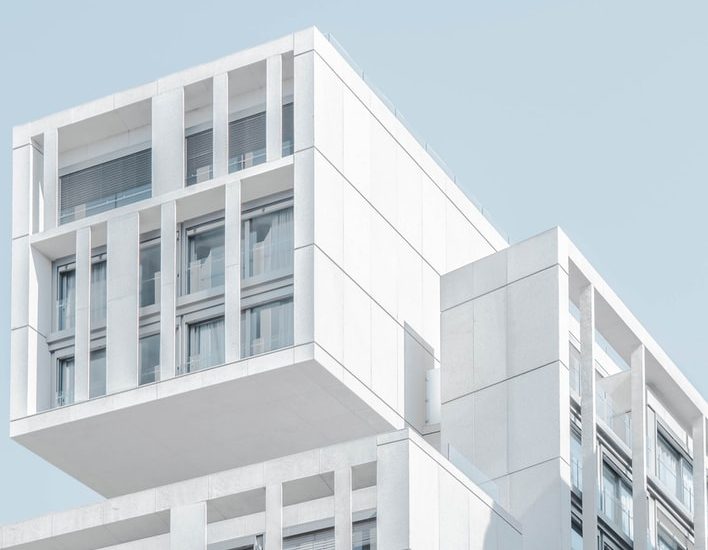Life is risky enough. No one wants to be constantly reminded of danger while trying to work. Unless you’re a prison guard, you probably don’t want to clock in at a fortress. Architects need to balance comfort with building codes while protecting occupants against fire, natural disasters, and a host of other calamities.
For individual workers, unsafe workspaces can end careers and even lives. In those cases, you need to contact a well-qualified wrongful death lawyer. For creators, the question is how do you design cool architecture that’s safe?
Too Cool for School?
Keeping schools safe is a primary objective for their designers. Students in the 21st century face unique challenges. Protecting them while they learn is a balancing act. After all, the best educational environment is one that’s free and open –– exactly the type of place that is labeled a “soft target.”
Keeping students safe starts with the administration offices. Locating them at the front of the building makes them easier to find for visitors while offering a wide view of potential threats. Along with this win-win, designers use modern tech to ensure that all doors and windows can be locked from the inside with a single button.
Yet adding metal detectors and multiple security guards will increase anxiety among the students it’s designed to protect. That makes learning difficult. Alternatives include preventative training for students and staff along with efforts to help troubled youngsters before the problems start. Architects find that large windows in the lobby and in classrooms facing a courtyard improve both safety and appearance.
Harder to achieve, but worth considering, is that larger schools have a disproportionate amount of issues. Keeping schools below 1,000 students can mitigate potential problems while reducing the need for aggressive safety approaches.
Beautiful and Safe
Safety is about balance. Protect a building against hostile egress and you make it harder for firefighters to do their job. Make Leadership in Energy and Environmental Design (LEED) standards your bible and high-risk areas will be under-lit. When crime rates increase in urban centers, building designers sometimes craft moated castles in response –– places where workers arrive, do their job, and leave with minimal interactions with the outside world.
In San Francisco, restaurateurs complained that companies were providing free meals to employees –– a popular perk, but one that greatly reduced the need to leave. Of course, without the benefit many order-in anyway, but at least local eating spots benefit.
In London, U.S. designers made the new Embassy’s safety holistic and appealing. The five-acre grounds offer scenic walkways, low walls, and a pond. The landscape’s natural topography provides safety while never feeling like a prison.
To achieve balance, cool architecture incorporates security, building safety, and environmental concerns seamlessly. The best structures don’t call attention to these needs but instead are appreciated for their design. Yet those who craft buildings must never forget the people destined to work in them.
In Oregon, the stylish, playful appearance of designer Michael Graves’ Portland Building is offset by complaints about its low ceilings and miserly windows (a major concern in a city often beset by gray skies).
Today architects face a new challenge. The pandemic has forced them to finally scrap or alter many styles that were roundly criticized by those who endured them. For decades, offices have been closed environments where windows don’t work and air is recirculated. Complaints about sick buildings and sick workers abounded while anecdotally many who were removed from fresh air claimed they often became ill. Open office designers with many workers sharing a small space without walls spread disease. Now architects are incorporating windows and private spaces into their designs, one side benefit of a difficult year.

